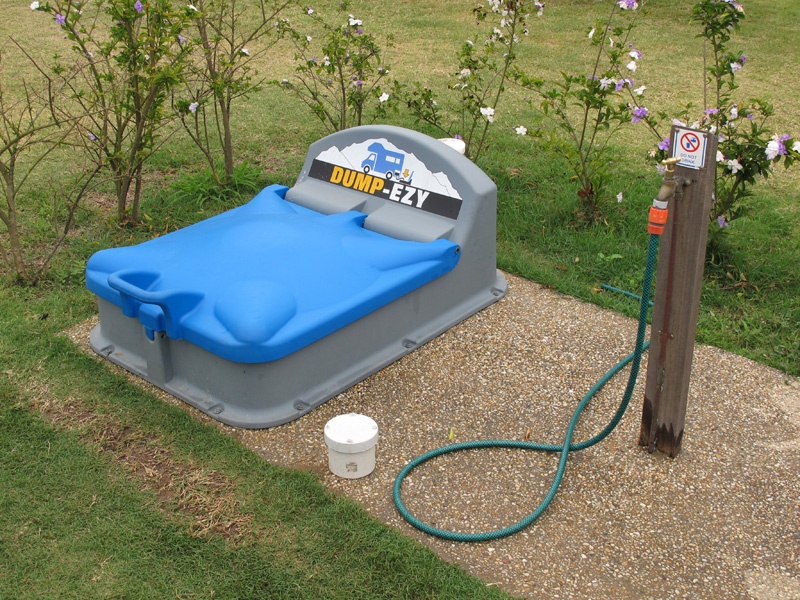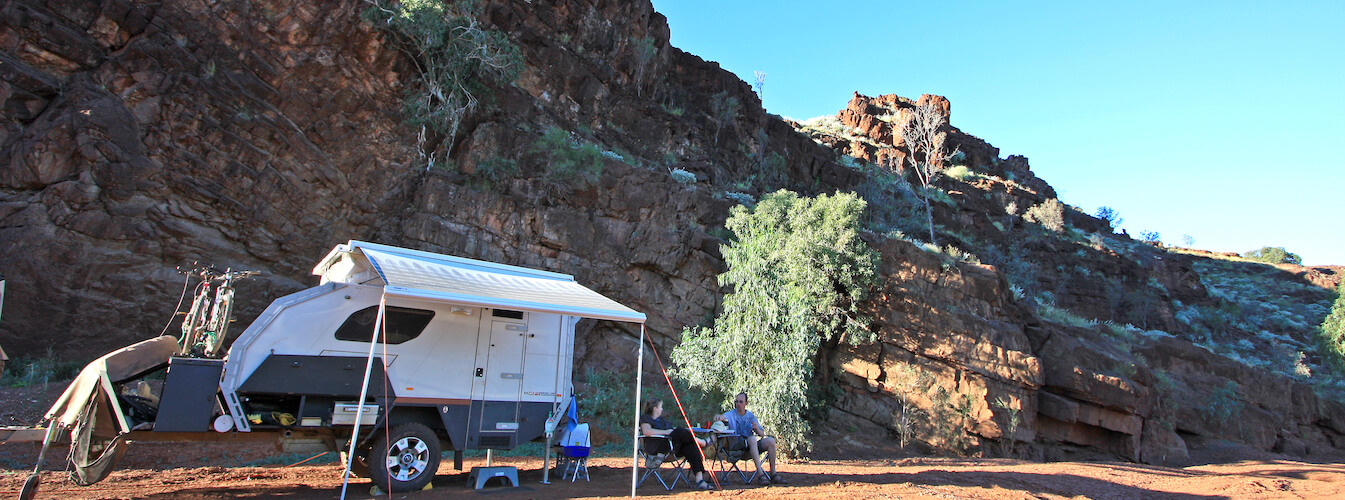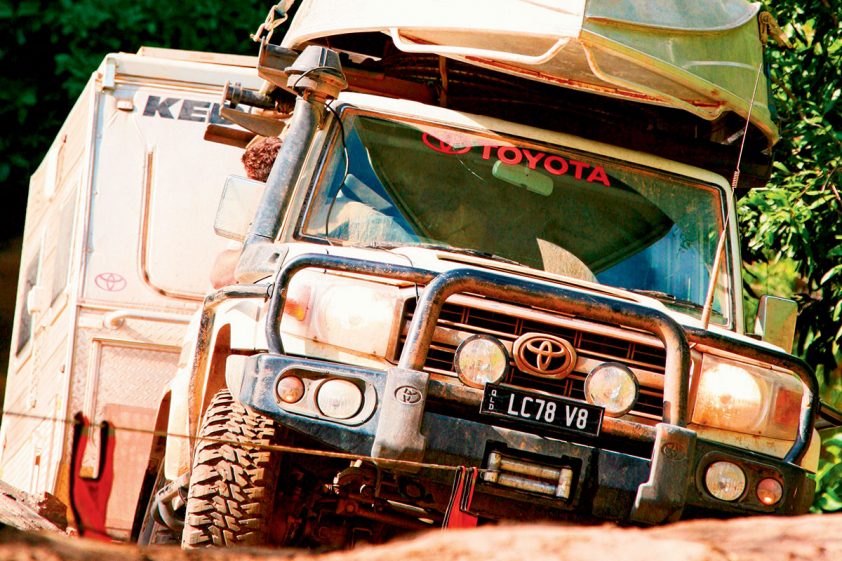Of all the accessories, knick-knacks and odds and ends in my garage related to caravanning, none are more frequently used than my portable ball weight scale.
It’s nothing special, nor was it expensive. But it’s accurate, and it’s saved me from overloading my towbar more than once.
UNDERSTANDING BALL WEIGHT
What is ball weight? Glad you asked. Every trailer imposes a downward force, measured in kilograms, at the coupling. When hitched to a vehicle, this so-called ball weight is supported by the towbar assembly. When unhitched, it’s supported by the jockey wheel.
As you probably know, vehicle manufacturers stipulate how much weight can be imposed on the towbar – the maximum towball mass.
If the ball weight of the caravan never changed, ensuring your van’s ball weight didn’t exceed the tow vehicle’s maximum towball mass would be easy. Measure it once and you’re all set.
But ball weight is a dynamic thing. It will change according to how you load your van, especially when loading towards the front.
BALL WEIGHT COMPLIANCE
The first step towards ball weight compliance is to determine your vehicle’s towbar rating. Exceed it at your peril.
What constitutes a reasonable ball weight ‘allowance’, i.e., the difference between when the caravan is empty and loaded for a holiday? That, unfortunately, is impossible to say. There is not a magical figure that can be applied to every caravan/tow vehicle combination, as so much depends on the weight of what you pack, where you pack it, your vehicle’s maximum towball mass, and especially the position (and holding capacity) of the water tanks.
The simple act of filling up a water tank forward of your axle could be enough to bring your van’s ball weight close to, or make it exceed, the vehicle’s maximum towbar mass.
For example, two 100L water tanks fitted forward of the axle set of a tandem-axle van could add around 80kg to the van’s ball weight. Fill the cylinders with gas, throw some gear into the front boot, and you’ve easily added 100kg to the ball weight.
If the van had an unladen ball weight of 200kg, and your tow vehicle has a towball maximum of 300kg, well, you have a problem.
Conversely, a centre-mounted water tank on a single-axle van will add practically nothing to the ball weight, leaving you with about 100kg to work with when packing food into the cupboards and gear into the front boot.
PEACE OF MIND
The quickest and easiest way to measure your van’s ball weight is to use a portable scale. They are inexpensive and relatively easy to use. By measuring the ball weight before you hitch up, you will know whether you need to shuffle your payload around, perhaps moving heavier items to above the axle line (which is where they should be anyway), or drain a water tank.
You can pick up a portable ball weight scale for less than $100, making it the cheapest peace of mind you’ll ever buy.
Find more tips and advice about using a portable ball weight scale.
MEET THE AUTHOR

Max Taylor
Max Taylor has been caravanning since he was a kid and was the editor of some of Australia’s most well-known RV publications for almost 10 years.





